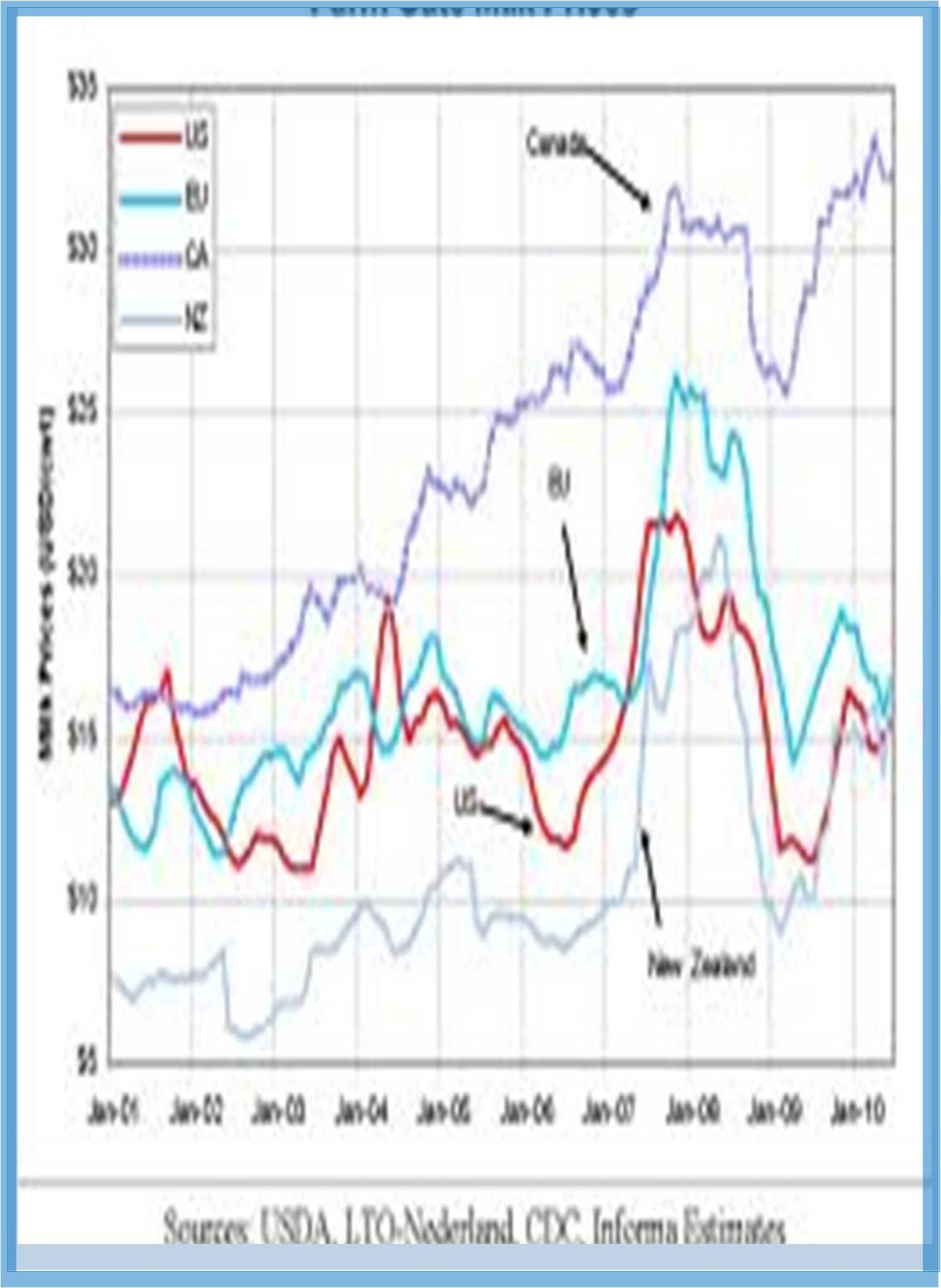



As much as 80% of the world's forests have been destroyed or irreparably degraded. Our ancient forests are looted every day to supply cheap timber and wood products to the world. The price for this destruction is escalating climate change, biodiversity loss and community displacement. Indonesia has lost 72% of its ancient forest, Papua New Guinea 60% and the Solomon Islands are predicted to lose all of them by 2014. Back in our region, we are part of the problem.
Destructive logging, Conservation community, Wildlife Conservation Society
Destructive logging operations are pushing many species towards the brink of extinction and devastating local communities. What’s more, forest destruction accounts for around 20% of global carbon emissions. That’s more than the world’s entire transport sector. We need to act fast to save the last remaining ancient forests.
Southeast Asia is home to roughly half of the world’s tropical mountain forests, which support massive carbon stores and tremendous biodiversity, including a host of species that occur nowhere else on the earth .A new study reveals that mountain forest loss in Southeast Asia is accelerating at an unprecedented rate throughout the region: approximately 189,000 square kilometers (73,000 square miles) of highland forest was converted to cropland during the first two decades of this century. Mountain forest loss has far-reaching implications for people who depend directly on forest resources and downstream communities.Since higher-elevation forests also store comparatively more carbon than lowland forests, their loss will make it much harder to meet international climate objectives.
Particularly prominent shifts to mountain forest loss were found in north Laos, northeast Myanmar, and east Sumatra and Kalimantan in Indonesia — the country that experienced the foremost overall forest loss. Decades of widespread clearing of lowland forests to make way for rice, oil palm and rubber plantations has led the conservation community to perceive forest loss as an issue only affecting the lowlands, said Paul Elsen, climate
adaptation scientist at the Wildlife Conservation Society and co-author of the study. The expansion of agriculture into higher elevation areas, despite sub-optimal growing conditions due to lower temperatures and steep slopes, spotlights just how scarce undeveloped land now's in lowland Southeast Asia.
Clearing forests in steep headwaters where rivers originate can increase the danger of catastrophic landslips and flooding in lower areas. It also exacerbates erosion and runoff, causing rivers to clog with silt and agricultural pollutants, reducing downstream water quality and availability. In 2018, many of us blamed the devastating floods that struck southeast Sulawesi in Indonesia, displacing thousands of individuals from their villages, on upstream forest clearing.
Furthermore, a 2021 study showed that deforestation within the tropics can increase local warming by up to 2° Celsius (3.6° Fahrenheit). “Local communities living in these frontier zones will suffer much stronger climate warming thanks to the biogeophysical feedbacks driven by tree loss further compounding the consequences of worldwide warming,” Zhenzhong Zeng, professor at the Southern University of Science and Technology, Shenzhen, China and co-author of the new study told Mongabay.
Researches have clarified how the loss of forest affects the carbon level of the earth by overlapping the loss of forest with that of the carbon density maps. The carbon content is high in the higher-elecated forests than that of lowland forests. Thus, our more focus should be in the conservation of the forest than to the well-structured city plan. The loss of forest not only leads to the decrement in the wildlife it also leads to the loss of the naturally grown essential foods along with some of the medicinal plant species.